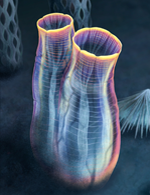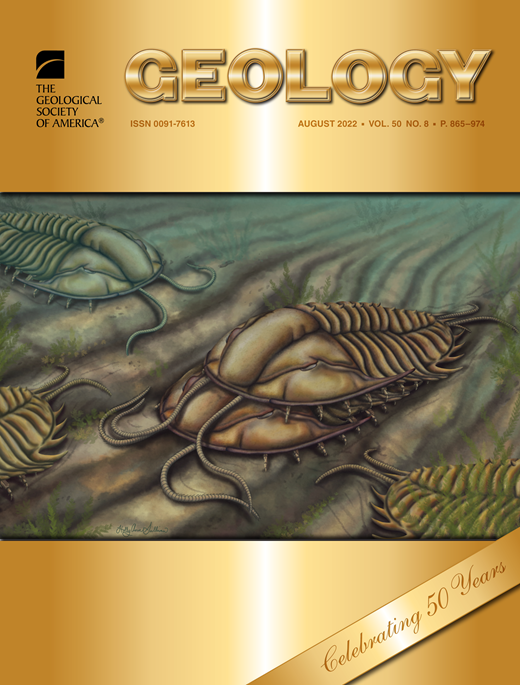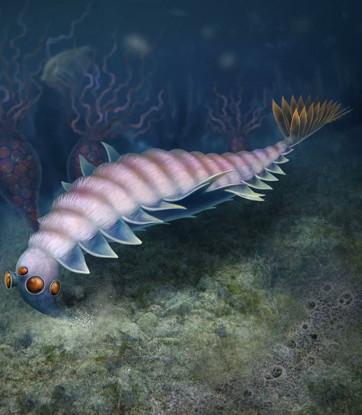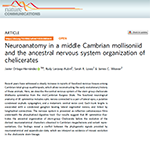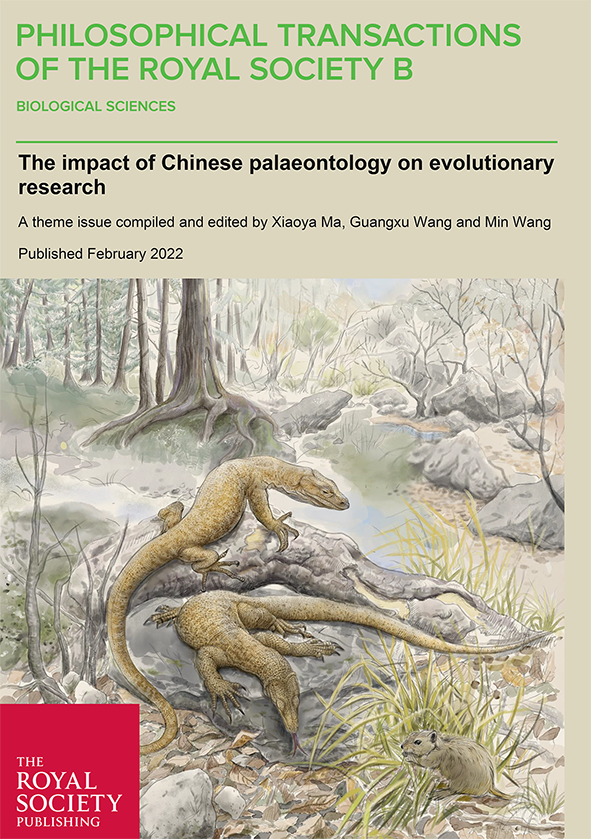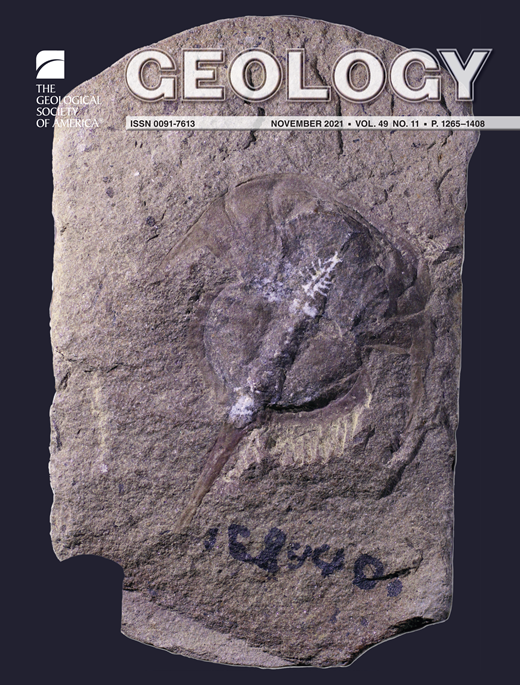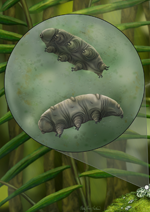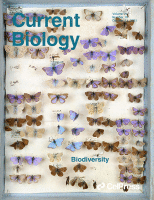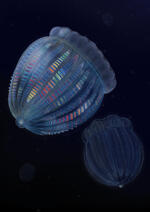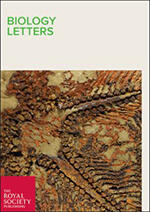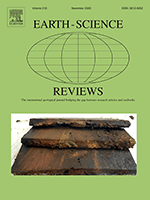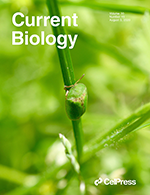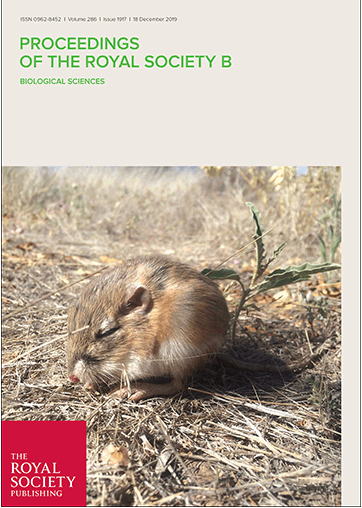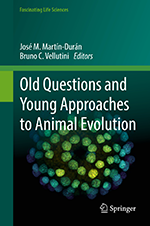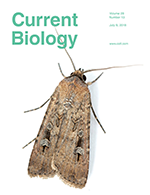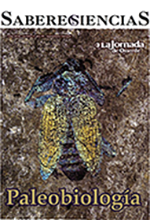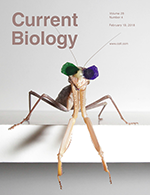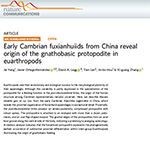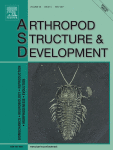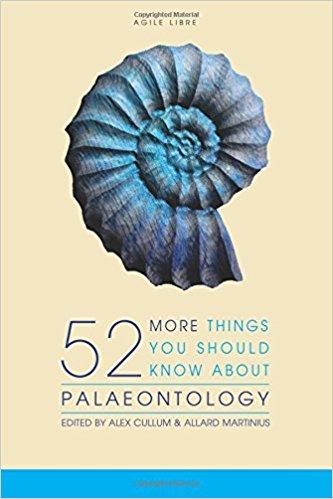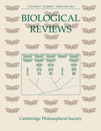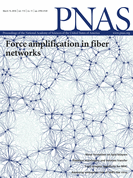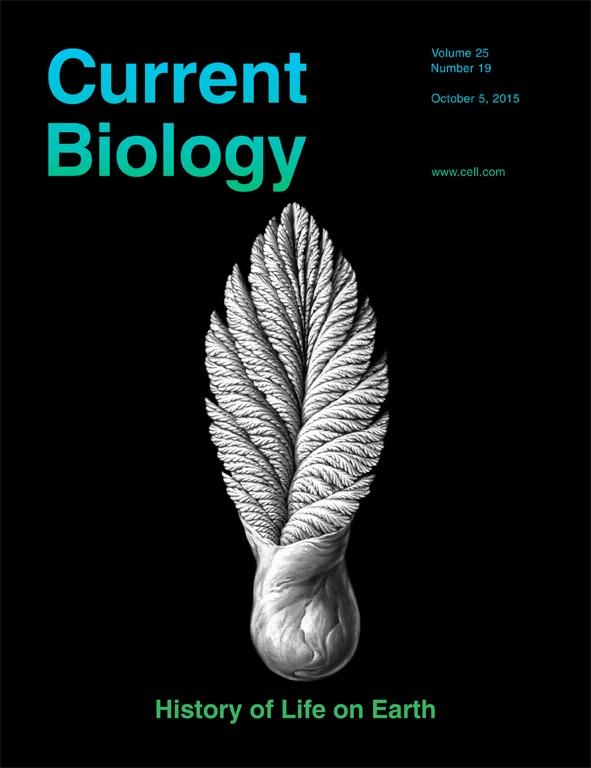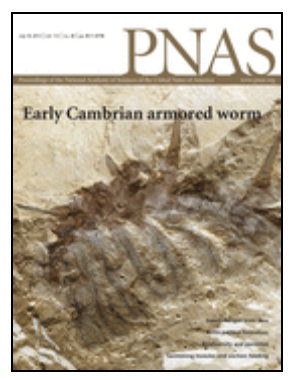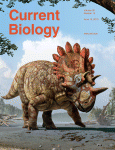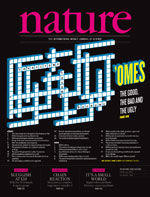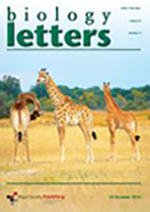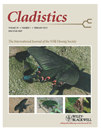Citation:
Abstract:
Luancaia igen. Nov. and its two new ichnospecies, L. candasensis and L. elongata, from the Middle Devonian Naranco Formation of Asturias, northern Spain, record infaunal moulting most likely related to a defensive strategy. The new ichnogenus has an elongate to oblong outline, and displays a distinctly trilobate appearance that includes an axial longitudinal lobe characterized by a distinctive ridge flanked by lateral lobes at each side. Well-defined transverse ridges convey a metameric-like appearance consisting of up to nine distinct segments. The anterior-most part is more variable, but consistently features a pair of oval strongly convex, or a subtriangular fan-like ridge in well-preserved specimens.
Luancaia is similar to Rusophycus in its general segmented appearance, suggesting a euarthropod producer, but differs in the presence of a distinctive axial ridge and in the absence of scratch imprints. Luancaia closely resembles the dorsal side of the enigmatic Carboniferous oniscid-like euarthropod Camptophyllia. We propose that Luancaia records supine (i.e. upside-down) infaunal moulting of a euarthropod with a dorsal exoskeletal morphology similar to Camptophyllia, in which exuviation was facilitated by dorsal anchoring on a firm muddy substrate.
The Naranco Formation records sedimentation in a shallow- and marginal-marine setting that at times was affected by fluvial discharge most likely during storm floods. In particular, Luancaia is preserved in storm-flood beds that accumulated in relative proximity to a river mouth. These latter deposits consist of sparsely bioturbated sandstone and mudstone that reflect deposition under stressful conditions, such as salinity stress, high sedimentation rate, and turbidity. By burrowing into the sediment, the producer avoided the stressed physical conditions of the sediment surface. Marginal-marine settings, where competition and predation pressures were significantly lower than in adjacent fully marine environments, may have served as safe moulting sites during the mid-Paleozoic marine radiation.

